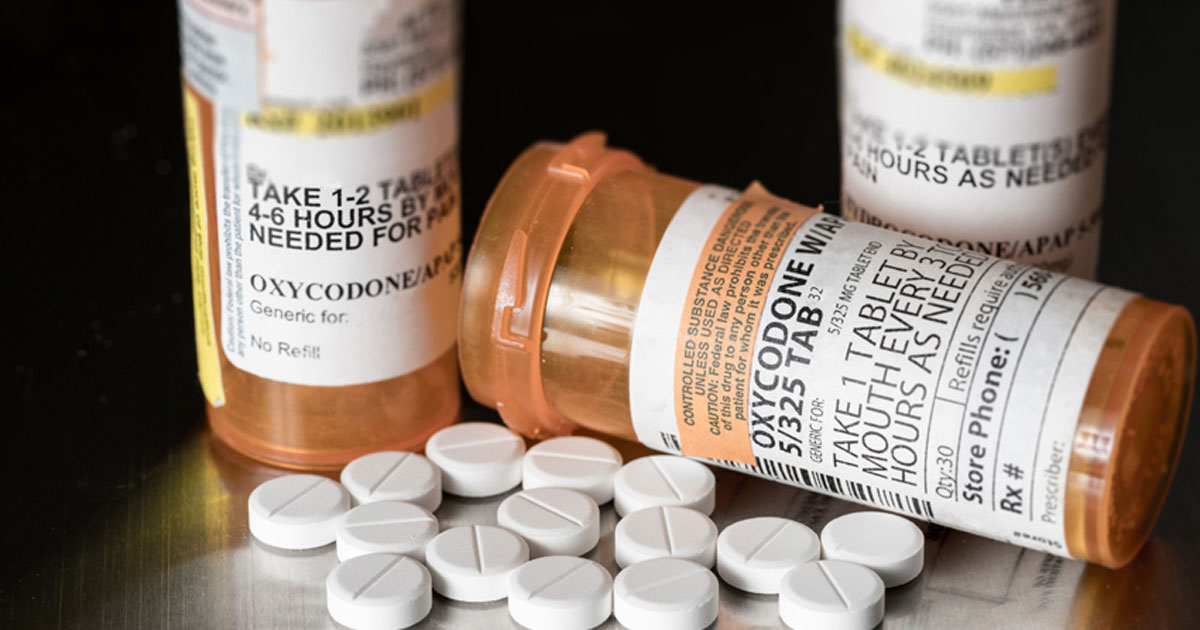More than a Quarter of Patients With OA Still Receive Opioids
Despite recommendations against their use, nearly 27% of patients with osteoarthritis still receive opioids and benzodiazepines, with about 36% of such individuals demonstrating at least one risk factor for prescription misuse, according to data from a large health care system published in Arthritis Care & Research.
“The last 2 decades have seen significant increase in the prescription of opioids and benzodiazepines in the United States, and physicians treating musculoskeletal conditions and injuries have played a significant role,” Vignesh K. Alamanda, MD, of the Carolinas Medical Center, Charlotte, North Carolina, and colleagues wrote. “Opioid overdoses were involved in more than 43,349 deaths in 2016, representing a fivefold increase since 1999. Deadly consequences have resulted from the increased utilization of prescription opioids and benzodiazepines.”
“Evidence-based guidelines do not support long-term improvements in pain or function in patients with osteoarthritis (OA) when treated with opioids,” they added. “Clinical Practice Guidelines released by the American Association of Orthopaedic Surgeons (AAOS) in 2017 recommend against the use of the opioid pain medication for the treatment of osteoarthritis.”

To evaluate the prevalence of patients with OA who receive opioids and benzodiazepines, as well as to describe the risk factors for prescription drug abuse among these patients, Alamanda and colleagues conducted a retrospective cohort study at a large health care system. The researchers examined ED, urgent care and outpatient encounters between January and December 2016, focusing on primary diagnoses of knee, hip, shoulder, wrist, ankle, elbow or other joint-related OA. A total of 58,603 such encounters were identified, of which 31,123 were included in the final analysis after excluding cancer outpatient procedures.
The researchers collected demographic and prescription data, and recorded patientspecific risk factors. They also performed a descriptive analysis to characterize patients who received prescription opioids, as well as those who did not.
According to the researchers, nearly 27% of the encounters included in the final analysis included the patient receiving a prescription for opioids and benzodiazepines. Of these, 43% involved patients aged older than 65 years. The most commonly prescribed medication, representing 34.4% of encounters, was hydrocodone-acetaminophen, and 53% of prescriptions were written by pain specialists. Among patients who received opioids and benzodiazepines, 35.5% demonstrated at least one risk factor for prescription misuse, the most common being “early refill” and a history of receiving three or more prescriptions in the past month.
“Despite practice guidelines suggesting otherwise, opioids are being used for management of osteoarthritic pain,” Alamanda and colleagues wrote. “Additionally, significant amounts of these medications are being prescribed both to groups potentially at risk for misuse as well as the elderly. Alternative treatment modalities to opioids including the use of non-steroidal anti-inflammatory medications and acetaminophen, cryotherapy and cognitive behavioral therapies should be implemented to help manage symptoms.” – by Jason Laday
Disclosures: Alamanda reports no relevant financial disclosures. Please see the full study for additional authors’ disclosures.

